Argentinian food and wine have grown incredibly in the past ten years. We can now find in the country projects with a strong identity, a huge respect for raw materials, and a strong attention to the environment, and a very high standard of research, and service: people who know what they're doing and are doing it very well. In 2019 The World’s 50 Best Restaurant and The World’s 50 Best Vineyards put Argentina at the top: Mauro Colagreco was the best chef with Mirazur (which of course is in France but he's from Argentina) and the best winery in the world was Zuccardi Valle de Uco which confirmed its title last year too. In 2020 Suckling's Top 100 wines of 2020 and Latin America's 50 Best Restaurants also put two Argentinian projects at the top. The wine awarded by Suckling was Chacra Pinot Noir Patagonia Treinta y Dos, of which we wrote here, and the best restaurant in Latin America is in Buenos Aires. It's called Don Julio and it's a grill place. In fact, it's a parilla argentina.
To tell you about Don Julio, its history and identity one needs to make a premise, or rather give a glossary.
We will not use the term steak house to refer to Don Julio. Parillas are something different. Parilla is both the tool used to grill meat, and the place where they serve grilled meat. There are surely elegant and formal parillas, especially in the touristic areas in town, but the ones where porteños, the inhabitants of Buenos Aires dine, are the typical neighbourhood parillas, often family-run, often with the house wine served in pingüinos, ceramic jugs shaped like penguins, often with tables arriving right on the pavement: places where you can relax and meet family and friends.
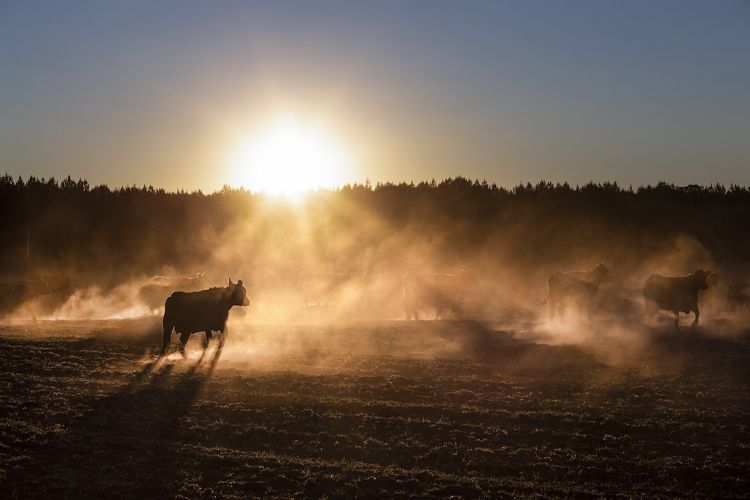
Cattle, gauchos, and the endless plains of the pampas in Argentina
Asado (grilled meat) in Argentina is a ritual, a part of social life, the way in which everything is celebrated. Every home has a space outside for parilla and the art of meat cooking is passed from father to son. Asado is the way to celebrate family, friendship, and relationships; to welcome and say goodbye, to celebrate good news, an anniversary or an accomplishment. «Let's make asado» is the answer to everything that's beautiful.
The country's cattle population exceeds the human one. Argentinians eat on average 50 kg per year (Italians around 17 kg). This number doubles if we add pork and chicken, a number that has decreased strongly over the years, both because of demographics, and because of social, economic, environmental and cultural reasons. Just so you get an idea of how far the Argentinian love for meat can go, if without limits, the all-time high was in 1956 when the consumption of cattle meat reached 101 kg per person per year. «We love meat in Argentina - Pablo Rivero told us – It's part of our cultural heritage”.
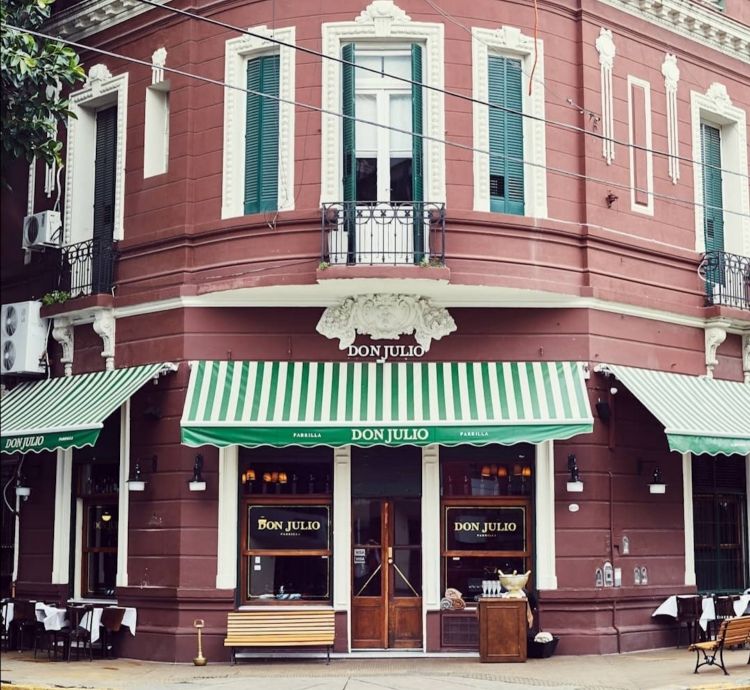
Don Julio Parilla climbed the Latin America’s 50 Best Restaurants list in only 5 years, given that it first entered in 2015, at number 45
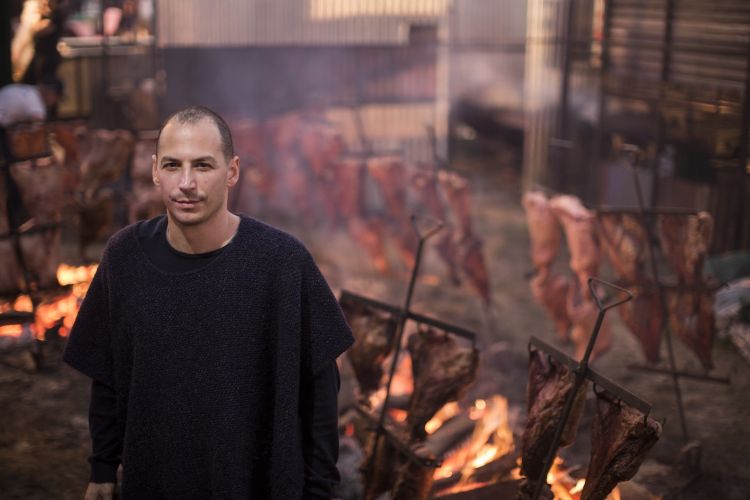
Pablo Rivero, was born in 1978 in Rosario, 300 km north west of Buenos Aires, in the cradle of llano pampeano. His grandfather was a breeder, his father traded meat
Porteños, the inhabitants of Buenos Aires, are also big readers. Buenos Aires is one of the towns in the world with the highest number of bookshops per inhabitants (its biggest contestant is Lisbon). We mention this because, according to Rivero, patron at Don Julio, the intellectual development of men, from monkeys to people, was crucially influenced by the change from herbivore to carnivore animal. We'll leave it here as a provocation.
Having made this premise, the fact that Don Julio Parilla was nominated as the best restaurant in Latin America is a big news for at least two reasons. Firstly, because it's the first time for an Argentinian restaurant to be at the top of the 50 Best Latin America: between 2013 and 2019 the gold medal always went to Peruvian restaurants. In the past six years it's always been contended by Central and Maido, both in Lima, different emblems of the multifaceted, very elegant and explosive cuisine of Peru. Secondly, because it's unusual for a steakhouse to get this kind of award (there are special lists for this type of restaurant).
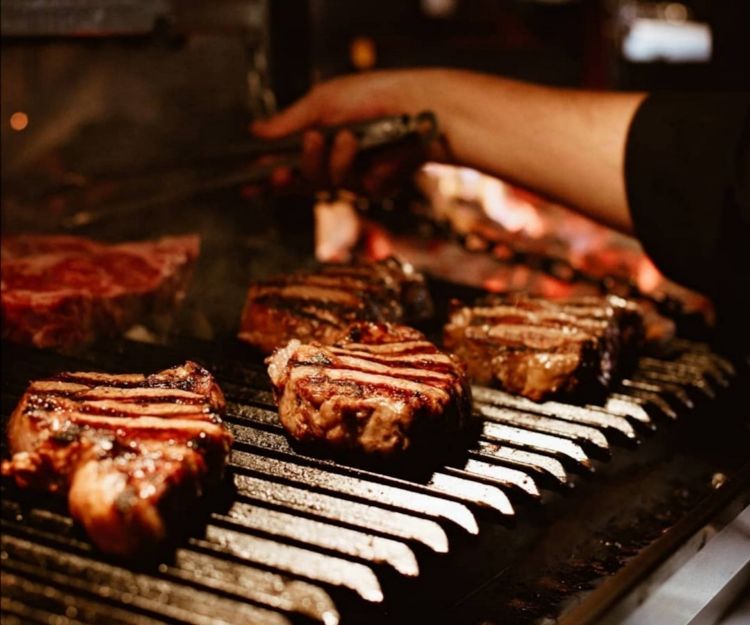
«We love meat in Argentina – says Pablo Rivero – It's part of our cultural heritage». At Don Julio they serve 16 tons of meat per month
Parilla however, says Rivero, is an expression of Argentinian culinary culture, it's part of the identity of this country, «it runs in our veins». In Argentina, he adds, everyone knows a little about football and politics and a lot about how you're supposed to grill meat. Therefore, there's nothing unusual if this award went to a parilla: «It's an acknowledgement of our culinary culture».
Born and raised in the province of Rosario, in the heart of the Pampa plains, in a family of breeders, among the riding gauchos, the estancias and the endless spaces of the pampas where cattle graze the pastures, Pablo had this culture running slowly in his veins. His grandparents, on his mother's side, were breeders and had a butcher's shop, his father «was a cattle trader». When, in the early Nineties, his family moved Buenos Aires the restaurant round the corner became available. So they thought of focus all their experience and knowledge, passed from one generation to the next, to this activity.
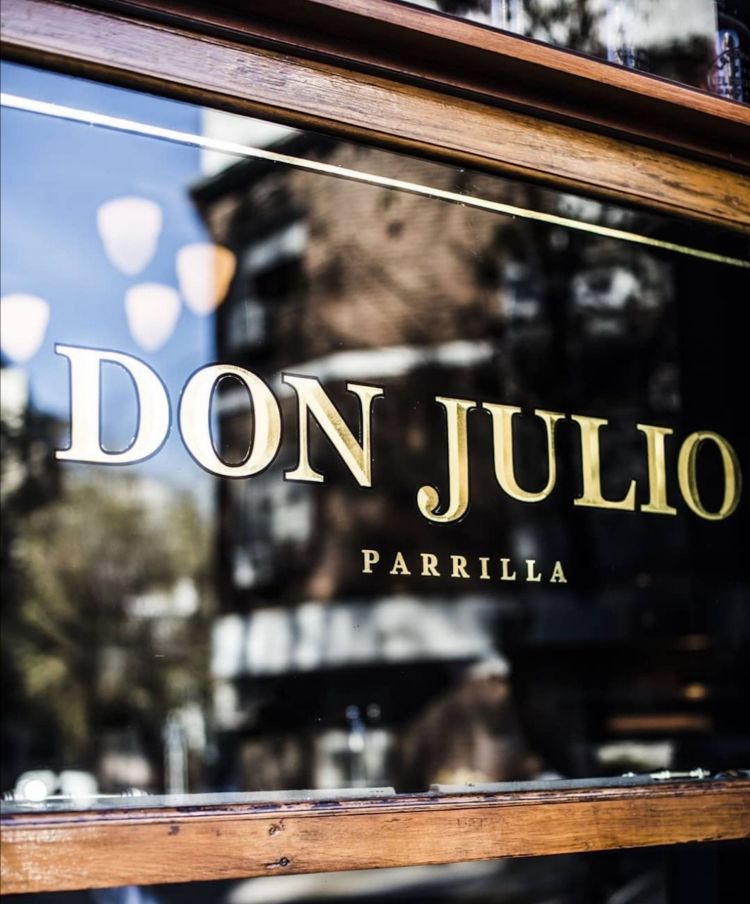
Restaurant Don Julio, named after a friend of Pablo's father, opened in 1999, in the Palermo neighbourhood of Buenos Aires – now very trendy, but it was peripheric then and had a questionable reputation – as a humble local parilla (a word his owner uses to this day to describe the project: «Somos una humilde parilla de barrio»). This place grew and evolved gradually over the years, together with Pablo himself. The goal, from the start, was to add value to this tradition – by studying, researching, sharing ideas with great masters, acquiring a greater knowledge of the world of gastronomy, of wine, of service, experimenting new ideas – so that it became a point of reference in the porteña restaurant scene, a real institution that has as its pillars its Argentinian identity (hence the cult of meat), excellent raw materials (the cult of quality), and the cult of hospitality.
Among all the acknowledgements received in recent years, the one that Pablo Rivero considers most important is the Latin America’s 50 Best Art of Hospitality, which he received in 2018: «The best award a restaurant can get». An award to the art of hospitality that according to Rivero is the most important aspect for those who deal with food: «Having a restaurant means opening your home to others, and taking care of their happiness». A restaurant is not just a place where you can eat more or less good food, it's a place where you can relax, be happy, meet others. Patrons, says Rivero, have a vocation that has to do with providing food for others, welcoming them at home and feeling responsible for their wellbeing. This is why you cannot work without passion, «many hours, lots of physical effort». It's a work that works with your blood pressure: «You need a beating heart, a heart that beats strong».
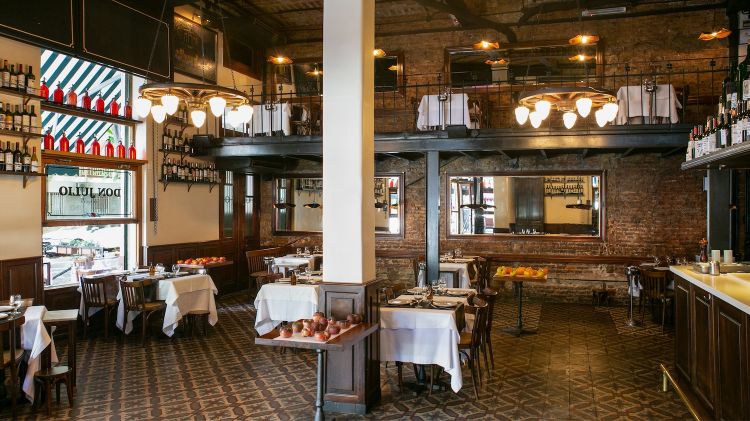

Hospitality, according to Pablo, is artisanal. It's a know how often passed from father to son but not every restaurant is capable of creating this: «Some manage, others don't. Gastronomy is living culture, which we all interpret personally». Rivero told us of his travels to Italy – his grandparents on his mother's side, Scrimaglia, were from Torino – and of the charm for this culture of diversity which in Italy is extreme: «Every little place in Italy celebrates and incredible variety and richness of culinary culture. Everyone following their style and all these small differences make for your richness»
You cannot make others happy by giving them low-quality food or food that is not good for them: from the cult of hospitality results the cult of raw materials. Which must be healthy for those who eat, and for the planet too: «We're not aliens who landed from a spaceship for a little while. Harming the planet means harming ourselves. Not taking care of where you live puts our entire species at risk». Eating, Rivero stresses, is a political act. Mauro and Carolina Colagreco said the same when they told us of CARNE. We find the same commitment and vision in Rivero, and we're very happy of this.
Humans are the centre of a mechanism of which they are responsible: they are responsible for having broken some balances, for «fixing what we've damaged» out of conscience, and because it's a question of looking after the place where we live and the people who visit your home, your restaurant.
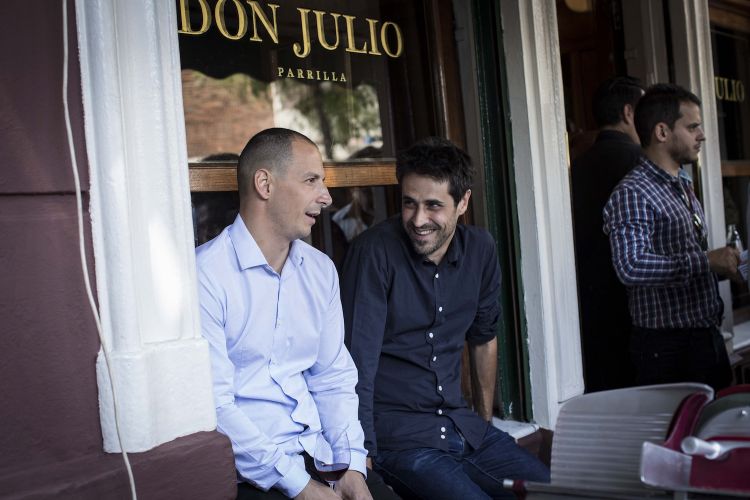
Pablo Rivero with his business partner Guido Tassi
How was the soil in which the vegetables and fruits you're cooking with grew? What food was given to the animals you're serving, and how were they treated?
The vegetables served at Don Julio are mostly self-grown, they come from the restaurant's vegetable garden in La Plata. At the end of January, when the tomato production is at its peak, Don Julio organises the Fiesta del Tomate, («Which is originally from here. It was brought to Europe from Latina America but it was born here!»). Days when you share with guests and with other people from the neighbourhood the super-production of tomatoes, a whole set of nuances, shapes and colours, a dozen different varieties, organically produced from seeds with open pollination. They idea is to make people aware and celebrate and safeguard biodiversity and the quality of what we eat.
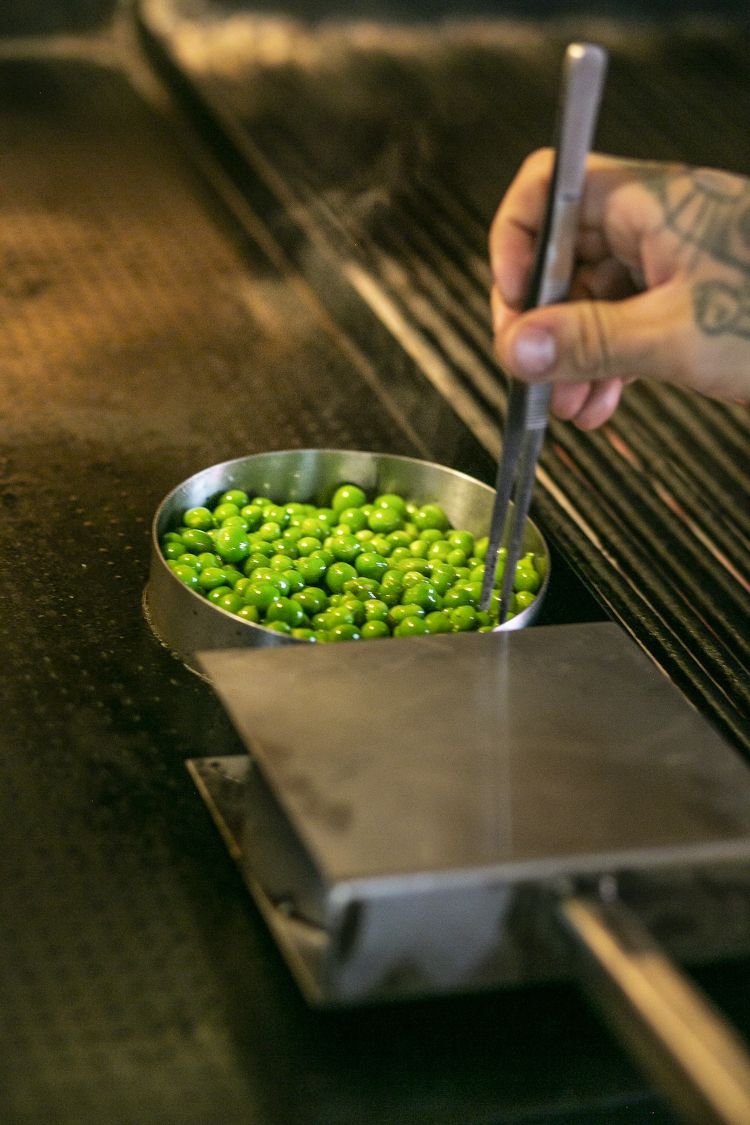
Not just meat at Don Julio. The vegetables are home-grown at the restaurant's vegetable garden in La Plata
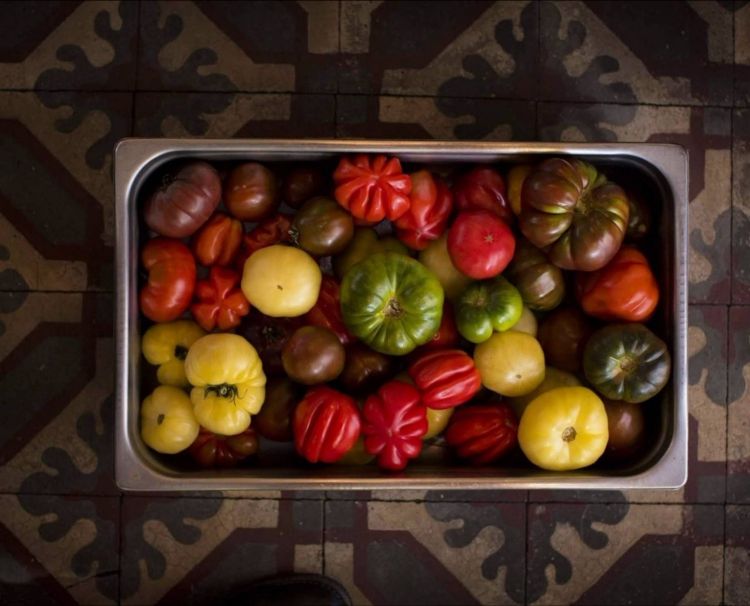
The peak of tomato production (a dozen different varieties), grown in the restaurant's plot, is celebrated at Don Julio with the Fiesta del Tomate
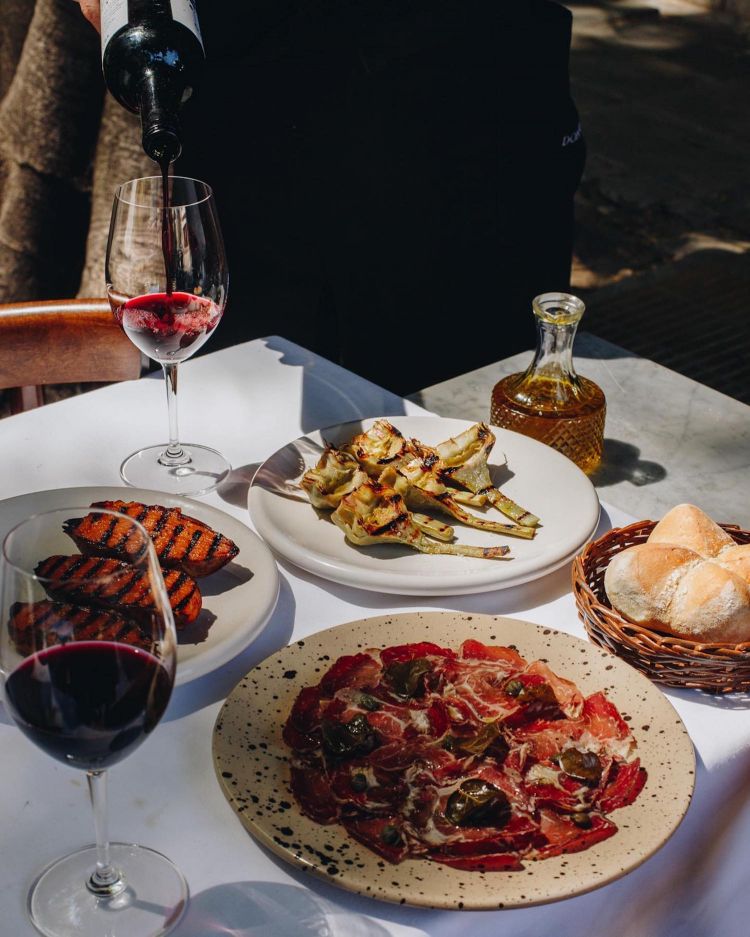
Vegetables, cured meat, bread: all home-made
And then there's the extra virgin olive oil from small farmers in Patagonia, the home-made cured meat, and the fresh filled pasta, the bread, the cakes, the ice creams.
And what about the meat? Of course, it's only from free range cattle, which only feed on grass. Cattle of 500 kg and around 3 years old, of the Angus and Hereford breeds. The ageing lasts for around 21 days and with a technique that alternates dry ageing with humid ageing (in vacuum) «so that the meat can reach its best». In normal times they use 16 tons per month at the restaurant.
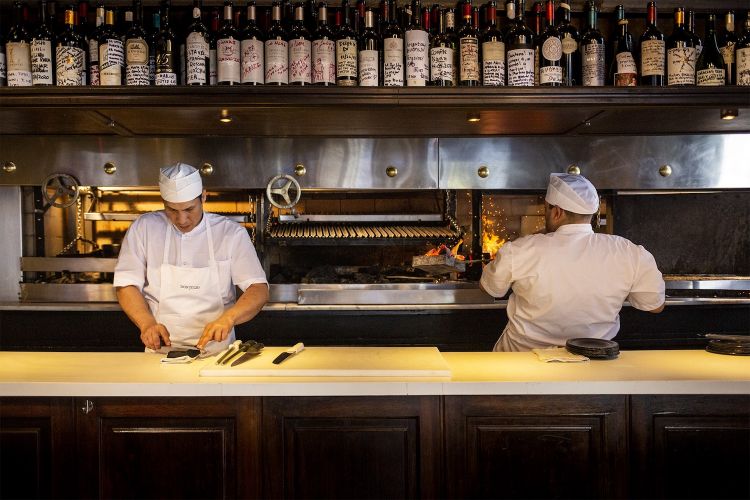
There are 32 people at work in the kitchen alone, with 8 parillas to make succulent meat
A special mention goes to the impressive wine list, entirely dedicated to Argentinian producers: 20 thousand labels, selected by
Pablo Rivero himself, which tell both the story of
Don Julio, because the bottles selected over the years as the restaurant gradually established itself mark its path; and the story of Argentinian wine-making: a sort of bibliographic research of historic wineries and vintages, retracing the local history of wine and «showing the world the ageing capacity of the great Argentinian wines». Wines that date back from the 1920s, 1930s, 1940s, 1950s, 1960s. Every year they select who stays, who leaves and who makes it in the wine list: they taste all the wines in the wine list once more and those that aspire to enter it, through blind tastings that last for about three months.
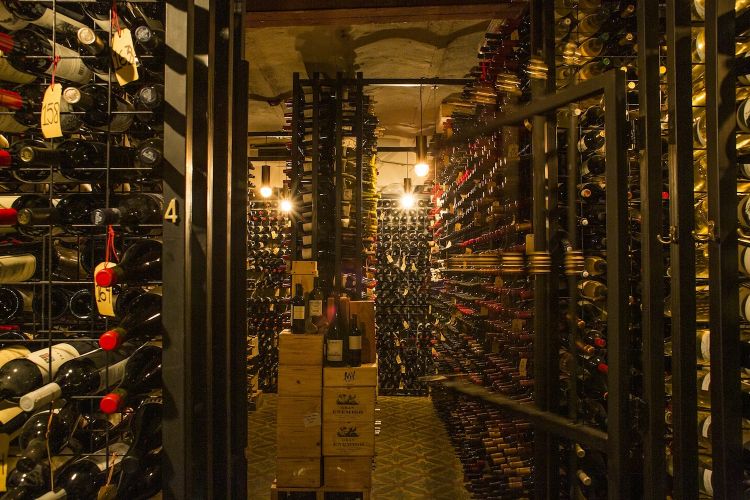
The wine cellar at Don Julio deserves an article itself: 20 thousand wines, a historic archive or Argentinian wine-making with bottles that date back to the 1920s
Born only two years before the terrible economic crisis that shook Argentina in 2001,
Don Julio has experienced many crises, in a country where economic instability seems to be endemic. The global situation with which the restaurant industry is dealing of course has hit
Rivero's restaurant too.
Don Julio always works well «within the imposed limits», but they had to reduce the number of people they seat, the staff and the revenue, until this storm will pass too. The recipe to face this difficult time,
Rivero has no doubts, is only one: «The goal during a crisis is to go on. You earn less, reduce what you can, but you must not touch the standards. If you start reducing your standards, you risk losing everything. The only way to go on is continuing to do your best»,
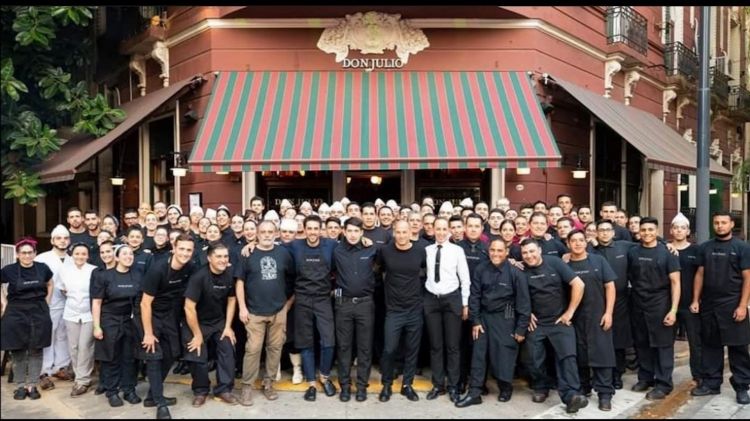
The team at Don Julio. As many as 120 people work with Pablo, for a restaurant seating 180 people (pre-Covid)
If we look at the numbers of Don Julio, in terms of service, wines, the work they do with products, there's something that doesn't quite match the way Pablo defines the restaurant: a popular restaurant, a humble neighbourhood parilla.
Without showing any disrespect for neighbourhood parillas, the standard of the food, of the service, of the wine, of the product has nothing to share with what happens in this corner between the Gurruchaga y Guatemala streets in the Palermo neighbourhood. Why does Rivero choose and insists on this definition? We then recall what he told us, about his desire to create value around this traditional place, this expression of the popular culinary culture of the country. And we realise that this restaurant, after all, is like a theatre: the separation between stage and behind the scenes applies to both. In the restaurant, just like in theatres, there are months of rehearsals and research, on top of the work of dozens and dozens of people – actors, makeup artists, technicians, authors… - before the show opens to the public. And the same happens in the dining room of a restaurant, the result of the passion and intelligence of many people performing a story. A story that Pablo Rivero tells us, together with his team, is that of a humble neighbourhood parilla where you can relax and have a good time. And it's also the story of his family, of cattle breeders, of many Argentinians who for centuries have met around the embers and under the stars of the endless pampas of Argentina, drinking mate, and wine and of course grilling, asar the meat.
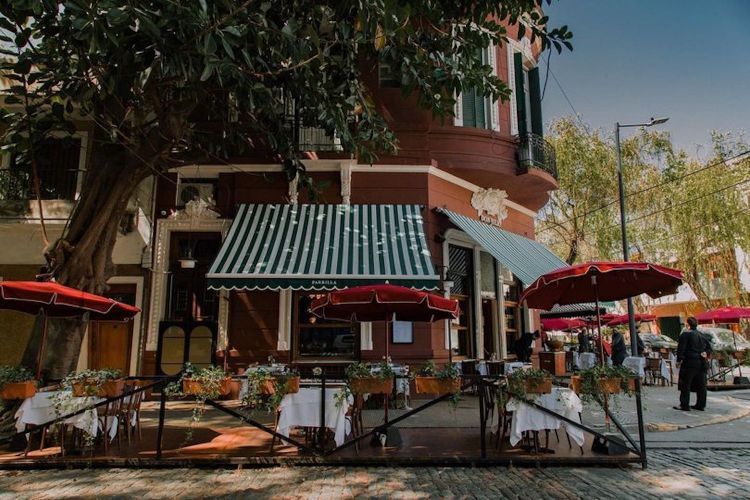
A humilde parilla de barrio
At Don Julio they showcase tradition, popular Argentinian culture and identity, but conveyed through the quest for the highest quality.
Translated by Slawka G. Scarso
Ps: of the "humilde parilla de barrio" Don Julio has kept the price. A dinner costs on average the equivalent of 26 euros, including the (house) wine. Very little, also thanks to the weak Argentinian peso (1 US dollar = 90 pesos).